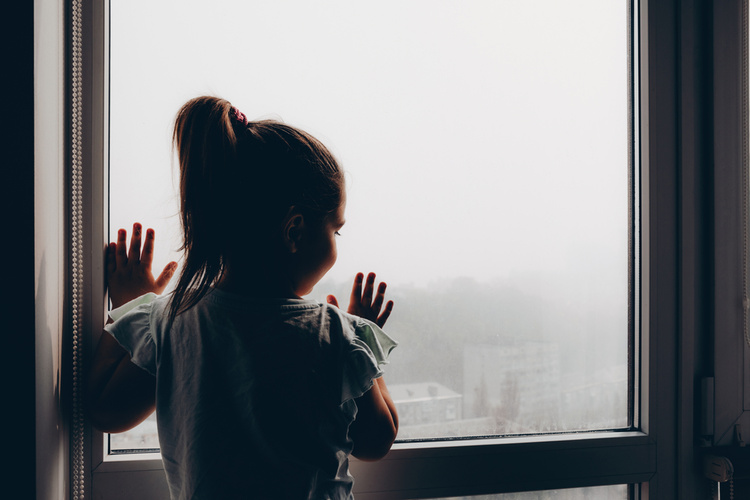
A new report by Unicef says that an average of 2000 children under 5 years of age die every day from health impacts linked to air pollution
By
The State of Global Air 2024 report, which was published this month by the Health Effects Institute (HEI) and Unicef, claims that children are uniquely vulnerable to air pollution, with more than 700,000 children under five years of age dying each year from the impacts of air pollution. This averages out at 2,000 deaths a day.
The impact of air pollution on a child’s health can even begin while the baby is still in the womb with the report claiming that each year there are around 570,000 neonatal deaths caused by dirty air.
Air pollution doesn’t just negatively impact the health of children though. The report states that in 2021 there were 8.1 million deaths globally due to the health risks of breathing polluted air. Only high blood pressure claims more lives among adults and malnutrition among children. According to the European Environment Agency (EEA), diseases linked to air pollution include stroke, chronic obstructive pulmonary disease, trachea, bronchus and lung cancers, aggravated asthma and lower respiratory infections. While the International Agency for Research on Cancer (IARC) has classified air pollution, in particular PM2.5, as a leading cause of cancer.
If you’re unsure what PM2.5 is, these are fine particulate matters less than 2.5 microns or less in diameter. Each strand of hair on your head is around 70 microns across, which means it’s about 30 times larger than the biggest PM2.5 particle. There’s no real escaping PM2.5 pollution, which is created from the burning of fossil fuels and biomass from – among other sources – transportation, homes, offices, shops, coal-burning power plants, industrial activities, and wildfires. As you can probably imagine, PM2.5 levels are particularly strong in urban and industrial areas, and so if you live in a city, then you’ll be more vulnerable to air pollution health risks.
Countries in South Asia face the highest burden of disease caused by air pollution. But, that doesn’t mean the UK has been spared. Overall, PM2.5 levels in the UK are 1.5 times higher than World Health Organisation (WHO) air quality guidelines. In 2023, the place with the cleanest air in the UK was the village of Church Hill in Northern Ireland, while Surbiton in southwest London sat at the bottom of the class. On a global scale though, the cities of South Asia fill all of the top ten most polluted spots. At the other end of the scale, if you prefer the air you breath to be clean then you’d best move to Kuusamo in Finland.
So serious is the air pollution health crisis that the United Nations General Assembly has declared access to a clean, healthy, and sustainable environment a universal human right, especially for children.
However, it’s not all bad news. In addition to sharing details on the negative effects of air pollution on human health, the report also claims that there has been better awareness about the harms of being exposed to household air pollution and a 53 per cent decrease in the death rate of children under five since 2000 due to increased access to clean energy for cooking.
Related articles:



